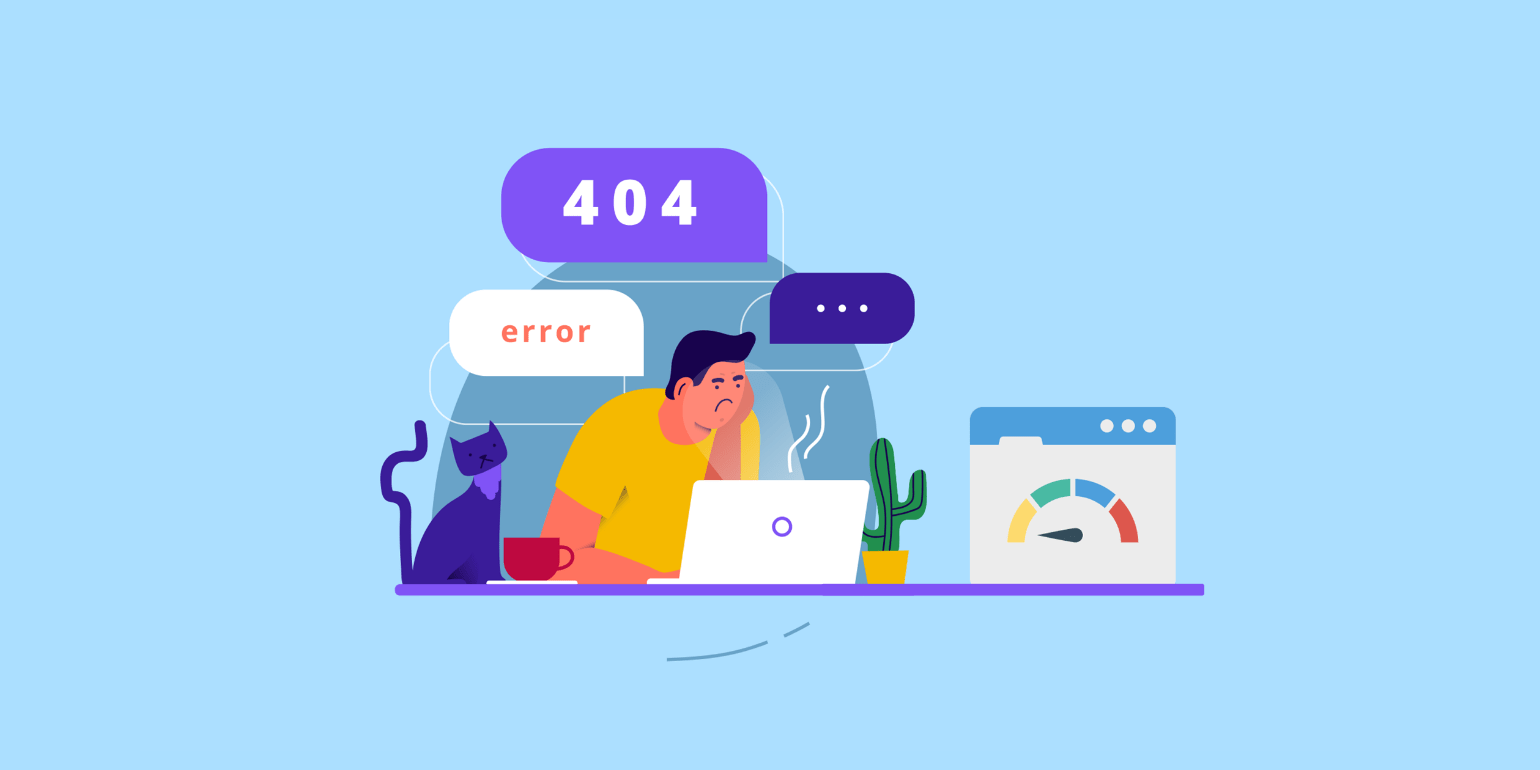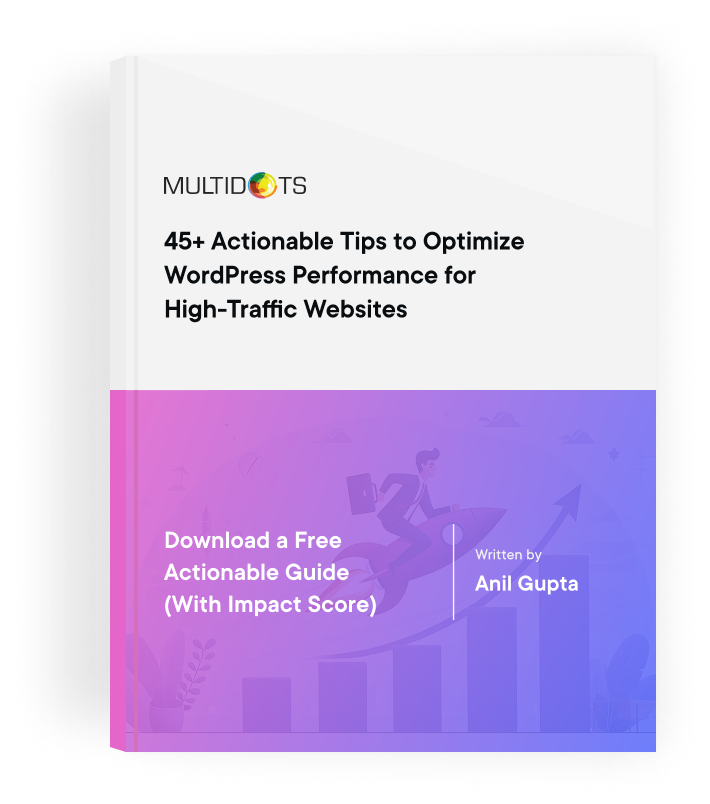Common Mistakes that Kill Website Performance
Identify common mistakes that can harm your website’s performance and learn how to avoid them for better results

Table of Contents
Managing your company website and website performance can be a daunting and repetitive task, but it has to be done on a regular basis. Otherwise, you risk losing customer faith and damaging your brand, completely demolishing all of your hard work.
Whether you’re building your enterprise site from scratch or attempting to keep up with its monthly, weekly, and daily requirements, there are some common mistakes that you should avoid at all costs.
Getting Started
There are quite a few factors that can impact your website’s performance, ranging from simple issues that are easily solved to events that feel completely beyond your control.
In our experience, there are three key areas to focus on as a strong foundation upon which you can build excellent website performance.
1. Optimized for all browsers
Simply ensuring that the site looks decent on your favorite browser is not enough. Your visitors are going to be accessing the site via a variety of browsers and devices and you have to optimize for them all or risk poor performance. This includes mobile browsers as well! Mobile traffic accounts for more than half of all web traffic and that number is only growing.
2. Optimized for all browsers
Ensure that your site is free from dead links or perceived detours that can diminish the customer experience. Every button, link, and menu should do what your visitors expect it to.
3. Easily understandable content
Having your menus and company contact info where your customers are accustomed to seeing them along with clear explanations of your services and products is vital to performance. Clearly stating the purpose of the site and each page a visitor may encounter is also of critical importance.
A Basic Blunder
Every single graphic and image on your website is important. Why? Because aside from what the image conveys to the visitor, the image can also have a huge impact on site performance. Larger images eat up bandwidth and take longer to load in the browser. If your site has a lot of large images, you’re adding extra load time for every single one of them. These load times can compound, grinding your pages to a halt for users. Furthermore, the file format of each image is extremely important because browsers can easily load images that are in JPG, PNG, and GIF format, while heavy formats like BMP or TIFF take much longer to load and should be avoided. Taking photos of your products and simply uploading them to the site is not recommended at all. There are multiple tools available that will help you optimize your images and if you’re managing the site yourself as well as plugins and tools that can help with the image editing process.
Spaghetti Code Can Be a Mess
Another key factor that can negatively impact site performance is having code in places it doesn’t belong. Over time, even the most well-maintained websites are likely to include legacy code that shouldn’t be there. CSS that is unneeded, JavaScript that doesn’t serve a purpose...on and on. It’s important to understand and remember that just because you don’t see this code, it is still running in the background and gobbling up precious resources. Regular code audits can help reduce or remove this code. Just as an overgrown lawn will impact the curb appeal of a house, "overgrown" code will start to make your website unwieldy as well.
One Big Performance Decision for Every Website
When it comes to your website’s performance, there are multiple factors that can have a negative impact. However, the biggest common mistake that can kill your site performance is choosing the wrong host.
"Discount" hosting and high-pressure salespeople may make certain hosts seem attractive at the onset, but the repercussions of an inferior host will be felt far and wide. If your server’s performance is poor, it will take longer to respond to even the most basic request and no matter how optimized everything else on the site is, a slow server will always give your visitors a slow start and immediately devalue their experience.
While there are a few exceptions, unacceptable server speed is generally on the shoulders of your web host. Those discount hosting services will usually place your site on a shared server, meaning that you share resources with an unknown number of other sites. This can result in your site being slow to respond simply because your website doesn’t have enough memory or bandwidth to perform at an optimal level.
Another huge drawback to those cheap hosting providers is where they put your website. Many times, they are simply reselling space for server farms in other countries and your website ends up being physically located in a land far, far away.
If the bulk of your customers are in the US and your server is based in India, when they access your site the information has to travel all the way across the ocean, request access to the server, then travel all the way back across the ocean to load on their screen. Sure, data travels extraordinarily fast these days, but when you consider the other factors such as shared servers and unoptimized content, your server’s location is rather important.
Of course, excessive traffic during peak seasons or sales can result in diminished site performance, especially if you don’t have a partner that helps you automatically scale for those occasions. However, when choosing a host you need to keep in mind those normal, everyday shoppers.
Every single element of your website requires a different "file request" to load. Every piece of Javascript, all images, every social sharing button, and the CSS file is a new file request. An underperforming server can only handle a certain amount of requests per second, and this includes the file requests of any other sites sharing your server.
Keep Your Website From Dragging Its Feet
The fact is, there are quite a few simple mistakes you can make that will have an adverse effect on your site performance. While you can definitely "learn as you go" for so many projects these days, when it comes to your company’s website there are multiple aspects that need an expert touch from the word go. For more details on Optimization, refer to this official guide.
Simple things such as excessive plugins and unnecessary redirects can not only affect performance, it can diminish your visitor’s experience. When it comes to enterprise website development, we have the skills and expertise to cover every aspect.
From basic consulting to custom development, we help you ensure that your performance is "up to speed" and is designed explicitly to drive more visitors to convert to customers. Contact us today to find out how we can customize the perfect support or development package for either your existing website or planned enterprise site.
References
Schedule a meeting to discuss the potential of your website and how you can turbocharge it!
Contact Us
